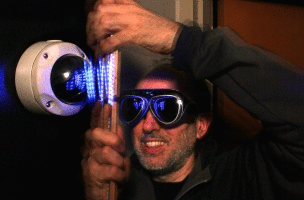
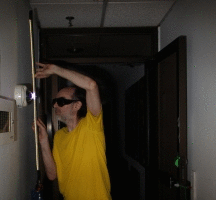
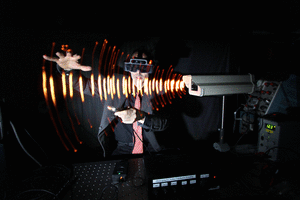
Mann also invented the smartwatch videophone (wearable computer) in 1998, which was featured on the cover of Linux Journal in 2000, and presented at IEEE ISSCC2000, 2000 February 7, where he was named “The Father of Wearable Computing”. To this day, Toronto remains an international hotbed for the development of wearable technologies.
Some of Mann's other inventions include HDR (High Dynamic Range) Imaging, now used in nearly every commercially manufactured camera, and the EyeTap Digital Eye Glass which predates the Google Glass by 30 years. Now as the Chief Scientist at Meta, a California-based startup, wearable AR glasses will be brought to a mass market. Recently, Steve and his team successfully raised US$23 million in funding to support Meta’s Spacesglasses.
Mann has often been described as a modern-day Leonardo daVinci:
``Steve Mann has been likened to artist, scientist, and inventor Leonardo da Vinci, .... He creates overlapping and inextricably intertwined syntheses of interventions and inventions that combine design, art, science, technology, engineering, and the environment....''-- Ariel Garten, CEO, InteraXon
``In Professor Steve Mann -- inventor, physicist, engineer, mathematician, scientist, designer, developer, project director, filmmaker, artist, instrumentalist, author, photographer, actor, activist -- we see so much of the paradigmatic classical Greek philosopher. ... Steve has always been preoccupied by the application of his ideas into form. In this way too, he can be considered a modern day Leonardo Da Vinci.''-- K. Michael, Editor-in-Chief, IEEE Technology and Society
Mann also invented metaveillance and the
Sequential Wave Imprinting Machine: using
sousveillance
to see surveillance (using video feedback to sense sensors and
visualize their capacity to see), as shown in the self-portraits below:



Steve received his PhD from MIT in 1997 and then returned to Toronto in 1998 where he is now a tenured full professor at the University of Toronto in the Electrical Engineering and Computer Science departments. During his early years at U of T he created the world’s first Mobile Apps Lab (1999) as a part of his wearable computing and AR course. He is also the Chief Scientist at the Creative Destruction Lab at Rotman’s School of Management. Mann holds multiple patents, and has contributed to the founding of numerous companies including InteraXON, makers of Muse, “The Most Important Wearable of 2014”.
Mann is also the recipient of the 2015 Digital Pioneer Award.
Greyscale (as used on the FITC Wearables site):
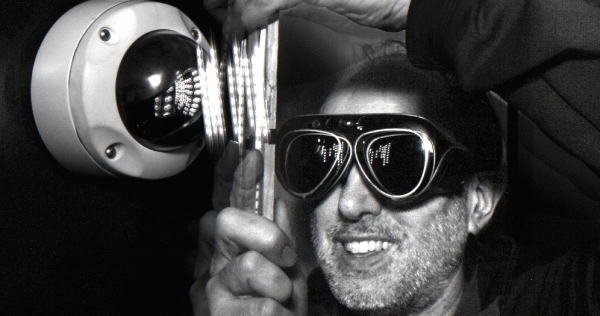
Still version of image for use in print media:
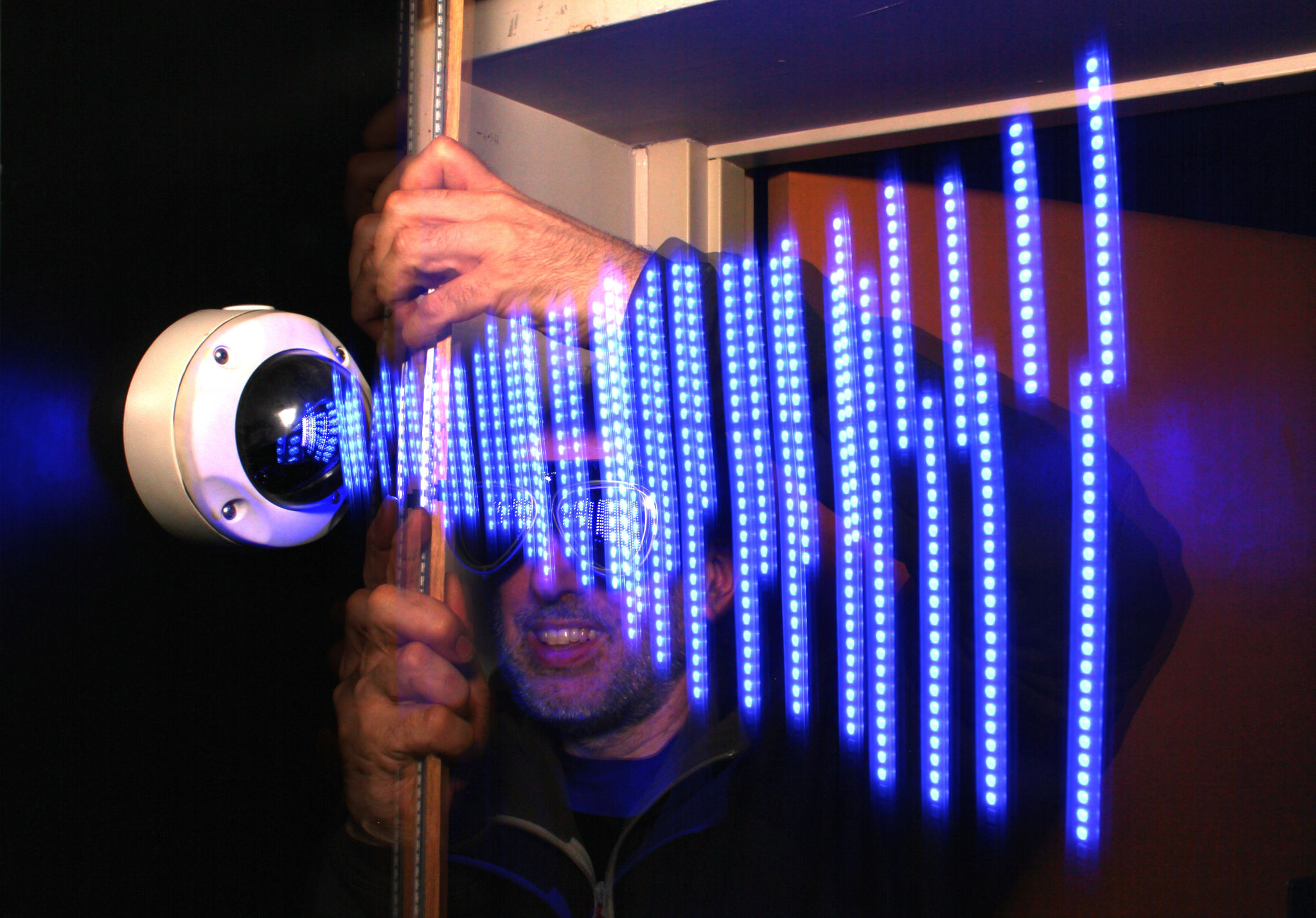
Alternate image for use in print media:
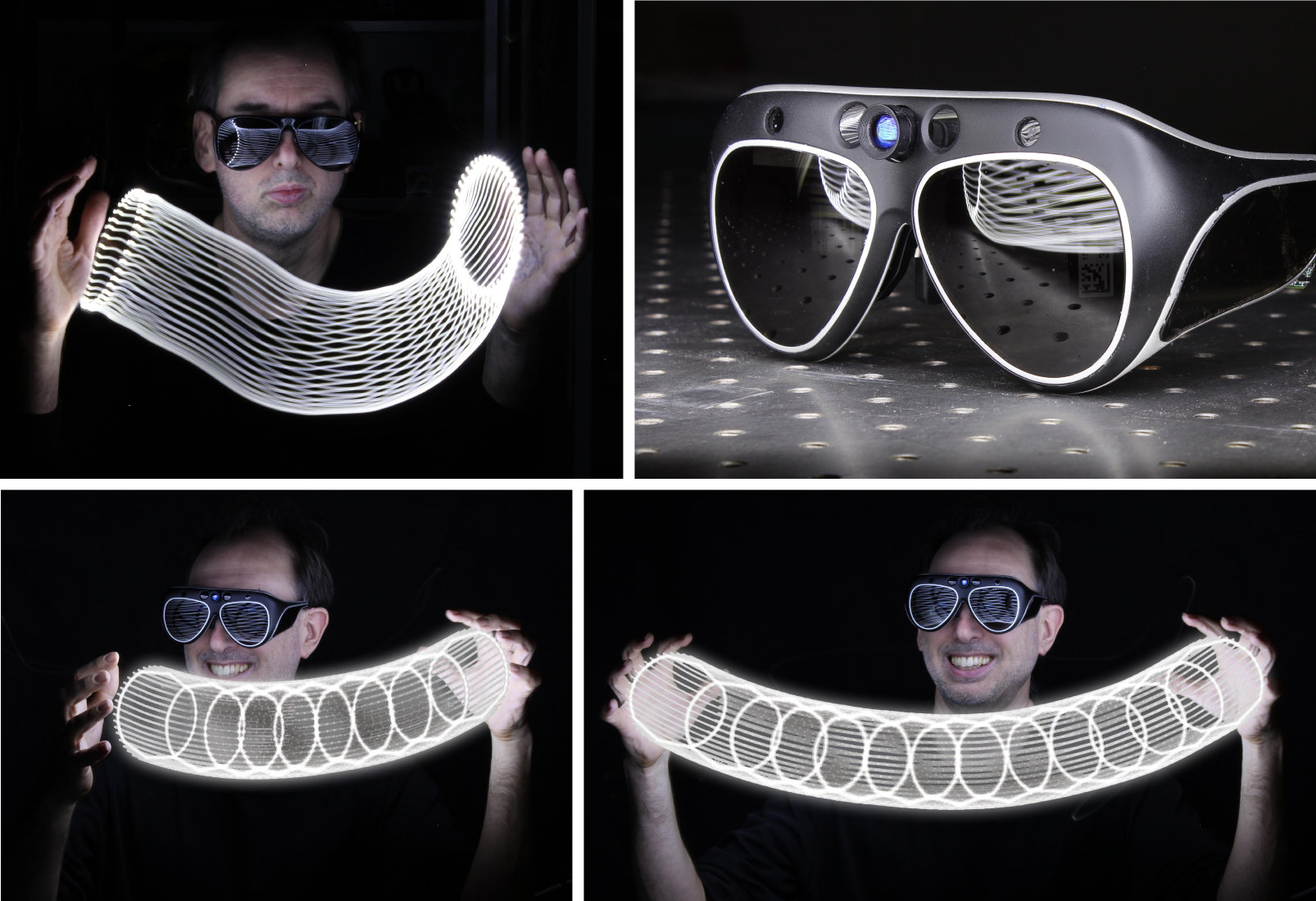
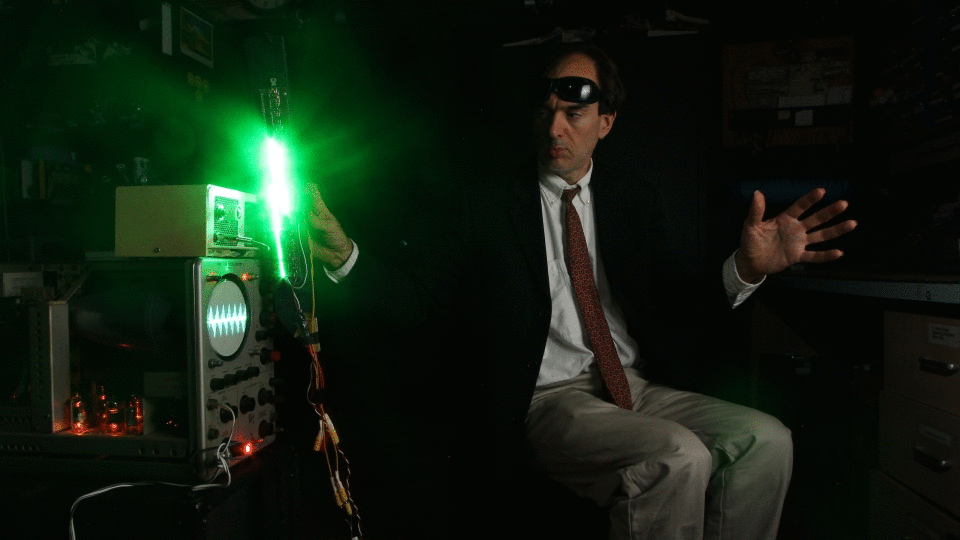
(higher resolution version: link)
(still image jpeg version: link)
Further images and contributions, print media (PDF):
http://wearcam.org/contributions.pdf